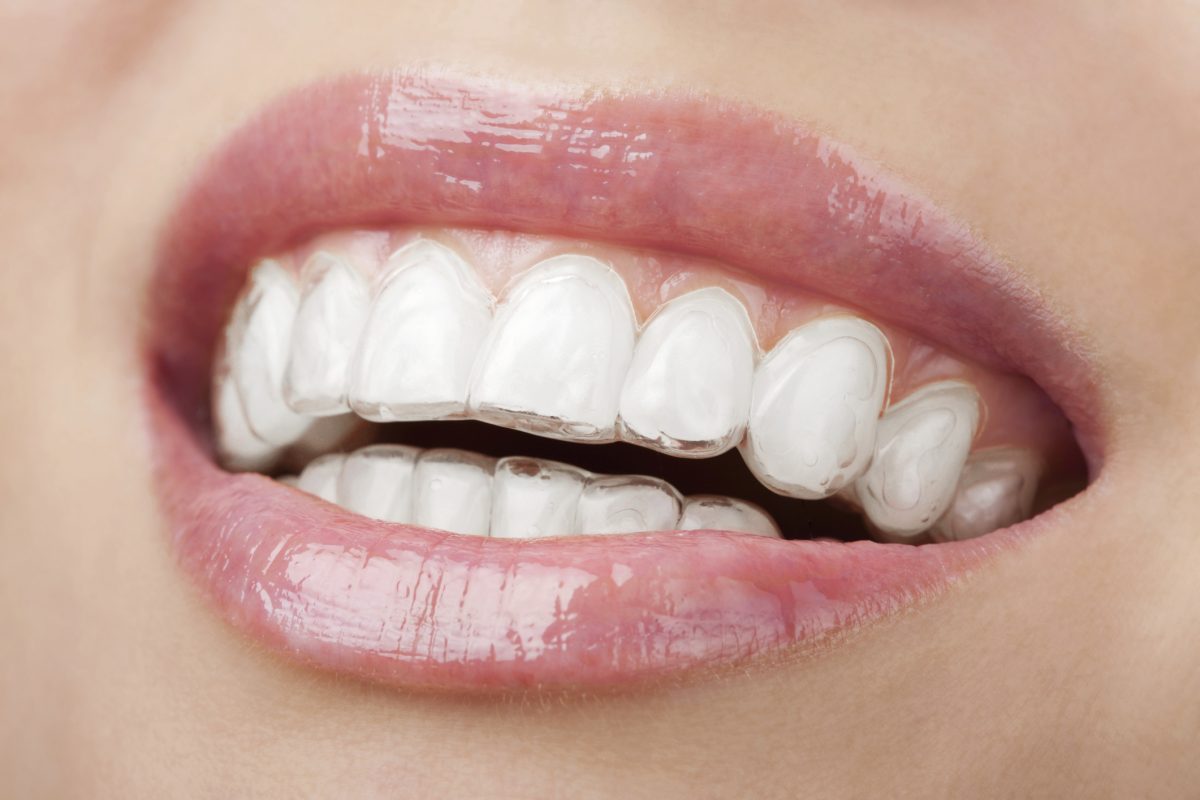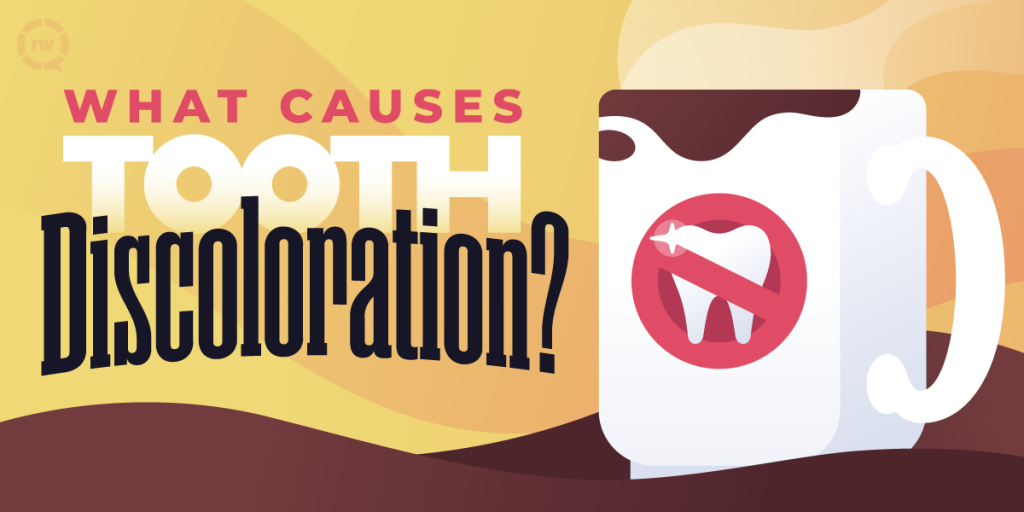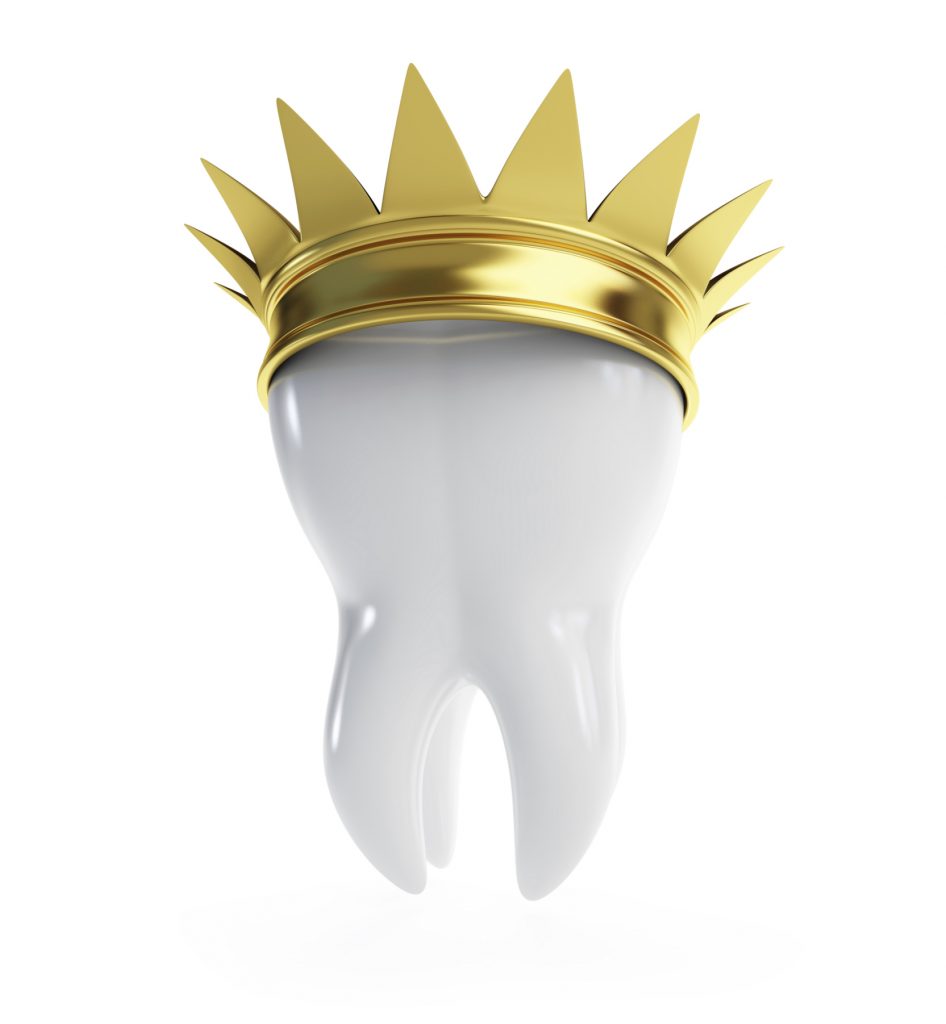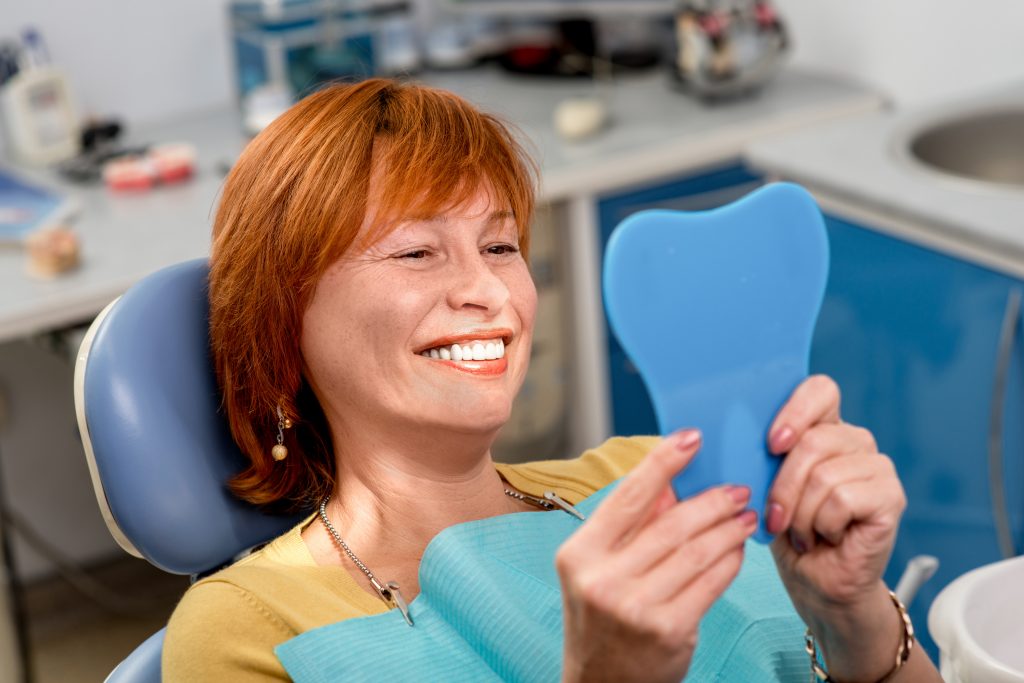Cosmetic dentistry has evolved into a dynamic field that goes beyond just oral health; it’s about enhancing the aesthetics of your smile and boosting your self-confidence. This transformative branch of dentistry combines art and science to create beautiful smiles that leave a lasting impression. In this blog post, we’ll explore the various aspects of cosmetic dentistry, from popular procedures to the latest innovations, and how they can positively impact not only your teeth but also your overall well-being.
The Power of a Dazzling Smile
Your smile is often the first thing people notice about you, and it plays a crucial role in making a positive impression. Cosmetic dentistry focuses on improving the appearance of your teeth, helping you achieve a smile that reflects your personality and radiates confidence. Whether you’re dealing with stained teeth, misalignments, or gaps, there’s a cosmetic dentistry solution tailored to address your specific needs.
Common Cosmetic Dentistry Procedures
- Teeth Whitening: A bright, white smile is a symbol of good oral health. Professional teeth whitening treatments can effectively remove stains and discolorations, giving you a noticeably brighter smile in a short amount of time.
- Veneers: Dental veneers are thin shells of porcelain or composite material that are custom-made to cover the front surface of your teeth. They can correct various imperfections, including chips, cracks, and gaps, providing a durable and natural-looking solution.
- Dental Implants: For those with missing teeth, dental implants offer a permanent and aesthetically pleasing solution. These artificial tooth roots are surgically placed in the jawbone, providing a strong foundation for replacement teeth that look and function like natural ones.
- Invisalign: This modern alternative to traditional braces uses clear, removable aligners to gradually straighten teeth. Invisalign offers a discreet and comfortable way to achieve a straighter smile without the need for metal brackets and wires.
- Gum Contouring: Uneven gum lines can impact the overall appearance of your smile. Gum contouring involves reshaping the gums to create a more balanced and aesthetically pleasing look.
The Role of Technology in Cosmetic Dentistry
Advancements in technology have significantly contributed to the precision and efficiency of cosmetic dentistry procedures. Digital imaging, 3D printing, and computer-aided design (CAD) allow dentists to plan and execute treatments with unparalleled accuracy, ensuring optimal results and patient satisfaction.
Benefits Beyond Aesthetics
While cosmetic dentistry primarily focuses on enhancing the visual appeal of your smile, its benefits extend beyond aesthetics. Improved self-esteem, increased confidence, and better oral hygiene habits are often reported by patients who undergo cosmetic dental procedures. A beautiful smile can positively impact various aspects of your life, from personal relationships to professional opportunities.
Cosmetic dentistry is a transformative journey that not only enhances the aesthetics of your smile but also contributes to your overall well-being. Whether you’re looking to whiten your teeth, correct imperfections, or replace missing teeth, there’s a cosmetic dentistry solution tailored to meet your unique needs. Consult with a qualified cosmetic dentist to explore the possibilities and embark on the path to a more confident and radiant smile.
If you would like to find out more, contact Dr. Ahmadi at 323-312-0500 to schedule a consultation or visit www.dentalandimplantcare.com for additional information.
Dr. Mike Ahmadi proudly serves Bell and all surrounding areas.




